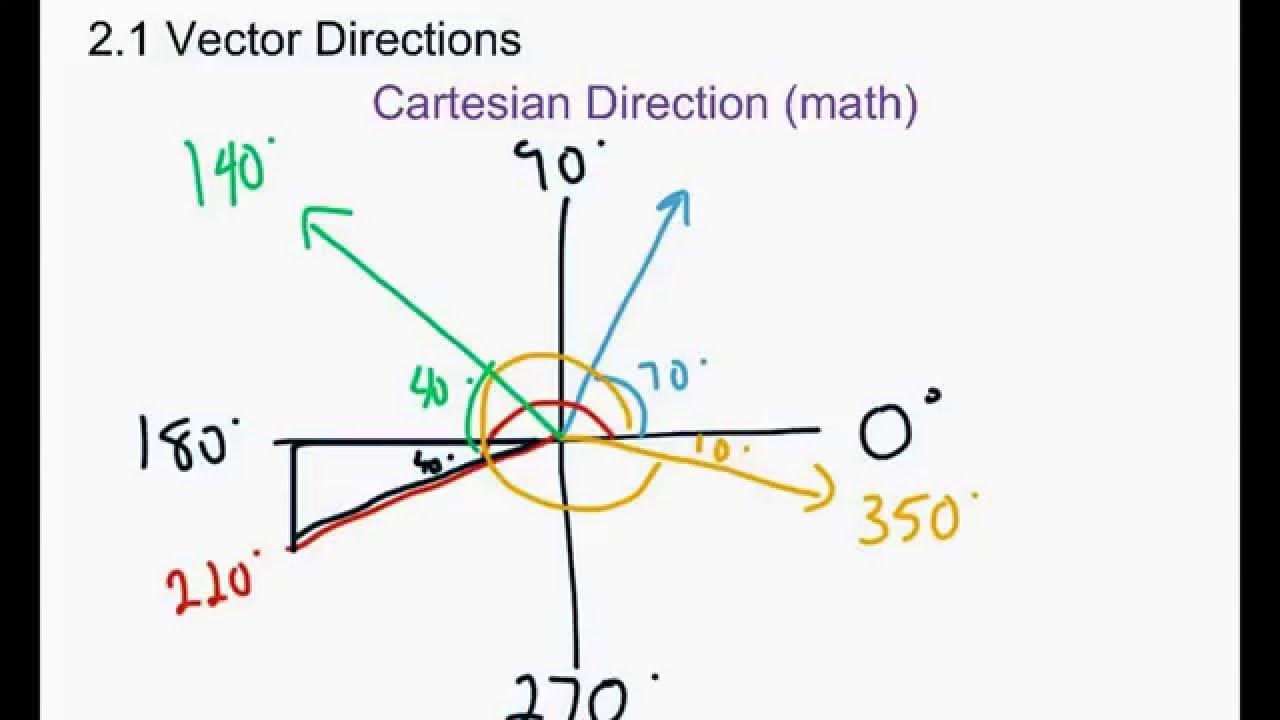Onde os desertos são formados e por quê? - Célula de Hadley, sombras de chuva e mais!
Summary
TLDRThe video script explores the formation of deserts, highlighting their prevalence between 15 and 30 degrees north and south of the equator. It explains how deserts form in regions with high evaporation rates and low precipitation, often influenced by atmospheric circulation patterns like the Hadley Cell. The script also discusses the role of rain shadow effects from mountains, where moist air is forced to rise, cool, and precipitate on one side, leaving the other side dry and desert-like. Examples include the Sahara, the Gobi, and the Tibetan Plateau's arid conditions due to the rain shadow of the Himalayas.
Takeaways
- 🌍 Deserts cover vast areas of our continents and typically form in regions with specific geographical characteristics.
- 💧 Deserts are areas where potential evaporation rates are much higher than precipitation rates.
- 🌧️ The dark blue areas on the world precipitation map indicate higher monthly rainfall, while white and green areas show less.
- 🏜️ Deserts tend to form between 15 and 30 degrees north and south of the equator, in the rain shadow of large mountain ranges, and in the interiors of continents.
- 🌡️ Atmospheric circulation, particularly the Hadley cell, plays a significant role in desert formation near the equator.
- ☀️ Regions near the equator receive more solar radiation, leading to hotter air, more evaporation, and generally more humidity.
- 🔼 Hot air near the equator rises to about 10 to 15 kilometers above the Earth's surface, leading to precipitation as it cools at higher altitudes.
- 🌀 As air masses move away from the equator towards the poles, they become drier and cooler, leading to less precipitation and the creation of desert conditions.
- 🏞️ Deserts also form in continental interiors because they are farther from the main sources of moist air, typically oceans.
- ⛰️ The rain shadow effect caused by mountains creates arid regions where deserts can form, as moist air is forced to rise and cool, leading to precipitation on the windward side and dry conditions on the leeward side.
Q & A
What are deserts and how are they typically formed?
-Deserts are vast areas that form in regions with specific geographical characteristics, typically in areas where potential evaporation rates are much higher than precipitation rates.
What is precipitation and how is it depicted on the world map mentioned in the script?
-Precipitation refers to rain, snow, or hail that falls on the Earth's surface. On the world map, it is depicted in millimeters per month, with dark blue areas representing more rainfall than white or green areas.
Why are deserts often located between 15 and 30 degrees north and south of the equator?
-Deserts are often found between 15 and 30 degrees north and south of the equator due to the atmospheric circulation patterns, particularly the Hadley Cell, which causes air to rise near the equator and descend around 30 degrees latitude, creating dry conditions.
How does the Hadley Cell contribute to the formation of deserts?
-The Hadley Cell is a large-scale atmospheric convection cell where air rises near the equator, moves towards the poles, and descends around 30 degrees latitude. This descending air creates arid conditions, which are conducive to desert formation.
What is the rain shadow effect and how does it influence desert formation?
-The rain shadow effect occurs when mountains cause moist air to rise and cool, leading to precipitation on the windward side and dry conditions on the leeward side, creating a perfect environment for deserts to form.
Why are some deserts located in the interiors of continents?
-Deserts are located in the interiors of continents because these areas are farther from the main sources of moist air, typically oceans, and receive less precipitation.
How does the position of a continent relative to the ocean affect its precipitation levels?
-The position of a continent relative to the ocean affects its precipitation levels because oceans are the primary source of moist air that leads to rainfall. Areas closer to the coasts tend to receive more rain than those in the interior.
What is the significance of the Tibetan Plateau in relation to desert formation?
-The Tibetan Plateau is significant because it acts as a barrier for moist air coming from the south, causing the air to rise and precipitate on the windward side of the Himalayas, while the leeward side, the plateau itself, becomes very dry, creating arid conditions.
How does the script explain the relationship between low precipitation areas and the location of major deserts?
-The script explains that regions with low precipitation rates correspond to the locations of major deserts because these areas have high evaporation rates and less moisture, leading to desert formation.
What is the role of geography in the formation of deserts, as described in the script?
-Geography plays a crucial role in desert formation by influencing factors such as atmospheric circulation, proximity to oceans, and the presence of mountain ranges that create rain shadows, all of which contribute to arid conditions.
Outlines

Этот раздел доступен только подписчикам платных тарифов. Пожалуйста, перейдите на платный тариф для доступа.
Перейти на платный тарифMindmap

Этот раздел доступен только подписчикам платных тарифов. Пожалуйста, перейдите на платный тариф для доступа.
Перейти на платный тарифKeywords

Этот раздел доступен только подписчикам платных тарифов. Пожалуйста, перейдите на платный тариф для доступа.
Перейти на платный тарифHighlights

Этот раздел доступен только подписчикам платных тарифов. Пожалуйста, перейдите на платный тариф для доступа.
Перейти на платный тарифTranscripts

Этот раздел доступен только подписчикам платных тарифов. Пожалуйста, перейдите на платный тариф для доступа.
Перейти на платный тариф5.0 / 5 (0 votes)






